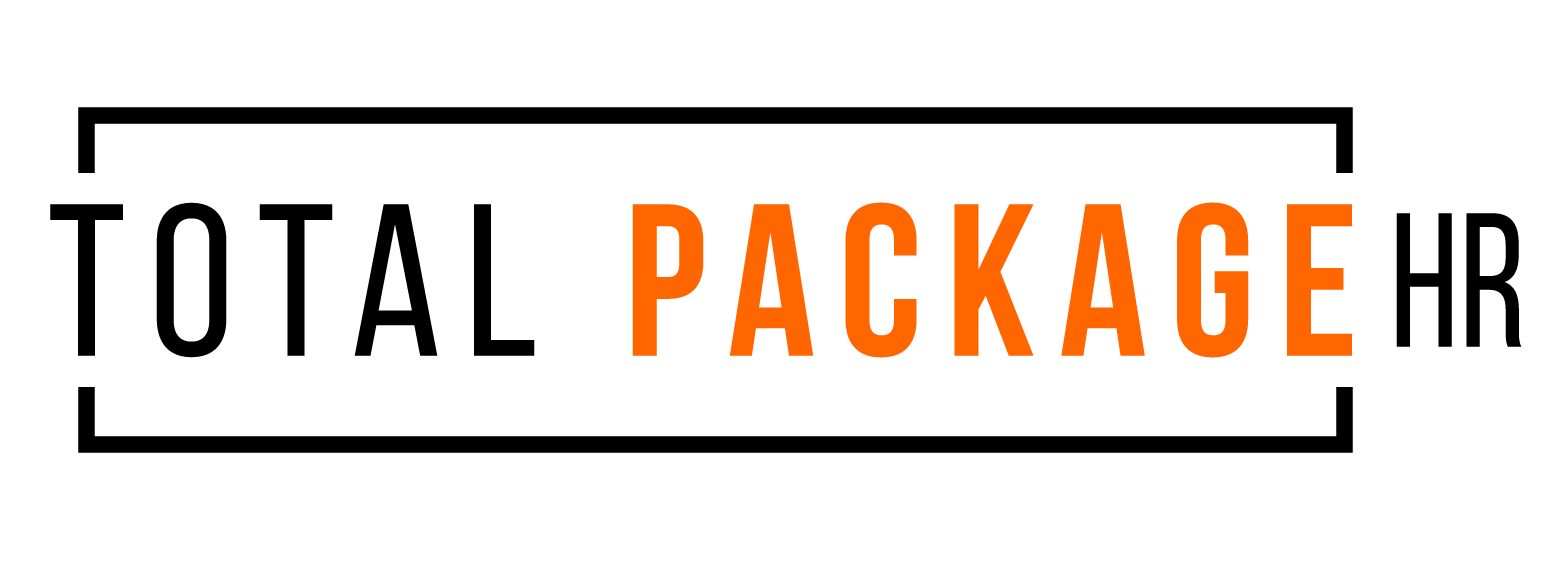COVID Policies: From Masking to Vaccinations
Nearly eighteen months later and the largest topic of discussion is still COVID-19 and the pandemic that has uprooted life as we know it. The summer brought promise, with vaccination numbers rising and positivity rates and masks mandates lowering. We started to gather again. We went out to eat, visited family we hadn’t seen in a year and actually saw people’s faces. However, the Delta variant quickly entered the scene, has spread like a California wildfire, and fueled outbreaks worldwide.
The Centers for Disease Control and Prevention (CDC) states that the variant is as contagious as chickenpox and is strongly recommending that all individuals, regardless of vaccination status, remain masked while indoors. Many local jurisdictions have re-implemented mask mandates and legislation has been passed at both a federal and state level requiring vaccines for certain industries. Several large companies have entered the conversations mandating vaccinations or required testing for workers.
Companies that have been operating on a remote or hybrid basis may have been in the full swing of bringing employees back to the office. Workers may have already been back in and are now requesting to remain remote based on increased numbers. The specifics of return-to-work plans are unique to the companies and the parts of the country in which they are located, but one thing that is the same for nearly all of us is that we are back to trying to find our footing. We are juggling the current and revised rules and regulations and trying to determine how we accommodate our teams, keep them safe, and follow guidelines, all while maintaining efficiency and profitability.
Suddenly, our picture of a “return to normal” has shifted, very quickly, again. So how is this impacting our workplace?
Masking:
Depending on where you are located, masks may be recommended or required. Several California counties (representing nearly half the state’s population) have gone back to requiring masks indoors. Employers in these jurisdictions are required to mandate masks regardless of vaccination status. Some employers (outside of these areas) are, in a move of caution, implementing the same requirements.
Right now it is not only critical to be up to date on local regulation but to know your population.
· Are your teams fully vaccinated?
· Are they comfortable being back in the workplace mask free?
This answer will vary based on each organization and it is important to communicate with your teams. We suggest you take a survey on how your employees feel about masks and their level of comfort with in-office work. A proactive approach can help maintain culture. You are letting your employees know that they are valued, and their concerns are considered when making decisions.
Vaccinations:
We have seen an increase in big-name employers (Amazon, Facebook, Disney, Walmart) taking the stance that vaccinations will be a requirement of employment. Other industries and sectors are required to be vaccinated or submit to weekly testing (federal workers). Most recently, California announced that effective August 13, 2021, all school teachers, and school workers are required to be vaccinated or submit to weekly testing no later than October 15, 2021. New York City has rolled out the “Key to the NYC Pass” program that will take effect September 13, 2021, and requires patrons provide proof of fully vaccinated status before being allowed entry to specified facilities (indoor restaurants, entertainment venues and gyms).
Where does this leave other employers?
The Equal Employment Opportunity Commission (EEOC) has stated that it is within the employer’s right to mandate vaccination. However, before we roll out a vaccination policy, there are serious things to consider…
· Why are you making this a requirement of employment?
o Is it based on a health and safety concern in the workplace?
o Are you a high-risk industry?
o Are you located in a high-transmission area?
o Are your employees requesting a vaccination policy?
· Do you have a unionized workforce?
o What is in your collective bargaining agreements (CBAs)?
· How will you address accommodations?
o Accommodations for medical disabilities under the Americans with Disabilities Act (ADA) or sincerely held religious beliefs or practices under Title VII of the Civil Rights Act will have to be considered.
· What will your employee population do?
o Are they vaccinated?
o Are they planning to be vaccinated?
o If not, will you terminate?
o How will you address the loss of employment during a challenging time to find and retain employees?
· How will you track and record this information?
o Will you use a self-attestation form or require a copy of the vaccine card?
o Where will this information be securely and confidentially stored?
Sitting down with leadership and tackling these questions will help you form a plan that is best suited to your organization. There is no one size fits all solution.
Return to work plan:
Again, this will vary based on your industry and the type of organization you are operating. Some employers do not have the option of remote work, making it all the more important to address masking and vaccination head on. Others have the capability to consider a continuation of remote work.
Here is where some of us may need to dig deep and reevaluate our thoughts on working from home. Prior to the pandemic most employers did not have remote work options or policies. We felt that certain jobs could only be completed in the office. And while that may be true in certain instances, we have all been forced to acknowledge that this is not a hard and fast rule. Research shows that working hours have increased (exponentially in many cases) due to working at home (and being essentially locked in).
I get that we are all eager to return to “live and in person” but it may not be the best option for everyone. Talk to your teams, evaluate your business, and make the best decision for your organization. Culture may be just as heavily impacted by being in the office as it seems to be by not being in the office.
Regardless of your stance, the Delta variant likely provided a shake-up to your plans, and it is okay to ease back to a plan of action. We are all figuring this out as we go. There is no rush to declare the future because it may change again. It is important that we are adaptive while being honest. It is okay to let employees know that things are a work in progress. We can all appreciate that these are challenging times and none of us have all the answers.
Build a target roadmap and get employee buy-in. Have open dialogue about target dates based on the information we currently have but with the caveat that it may change.
One thing that cannot be up for discussion are our policies if we create them. This is not to say that they cannot change, but more that if we require or mandate masks or vaccinations these must be applied consistently (pending any required accommodations). This means, if we require something across the board, we cannot make exceptions for so and so in department B, because that is just “who they are”, or require that some employees, but not all, adhere to a required policy or procedure.
If tracking updates, regulations, mandates and procedures seems like it has become a full-time job, that is because it has. Know that you have available support at TPPS. We are here to assist and guide you through these challenging times.
Looking for quick updates, reminders, and employment information? Follow us on LinkedIn






